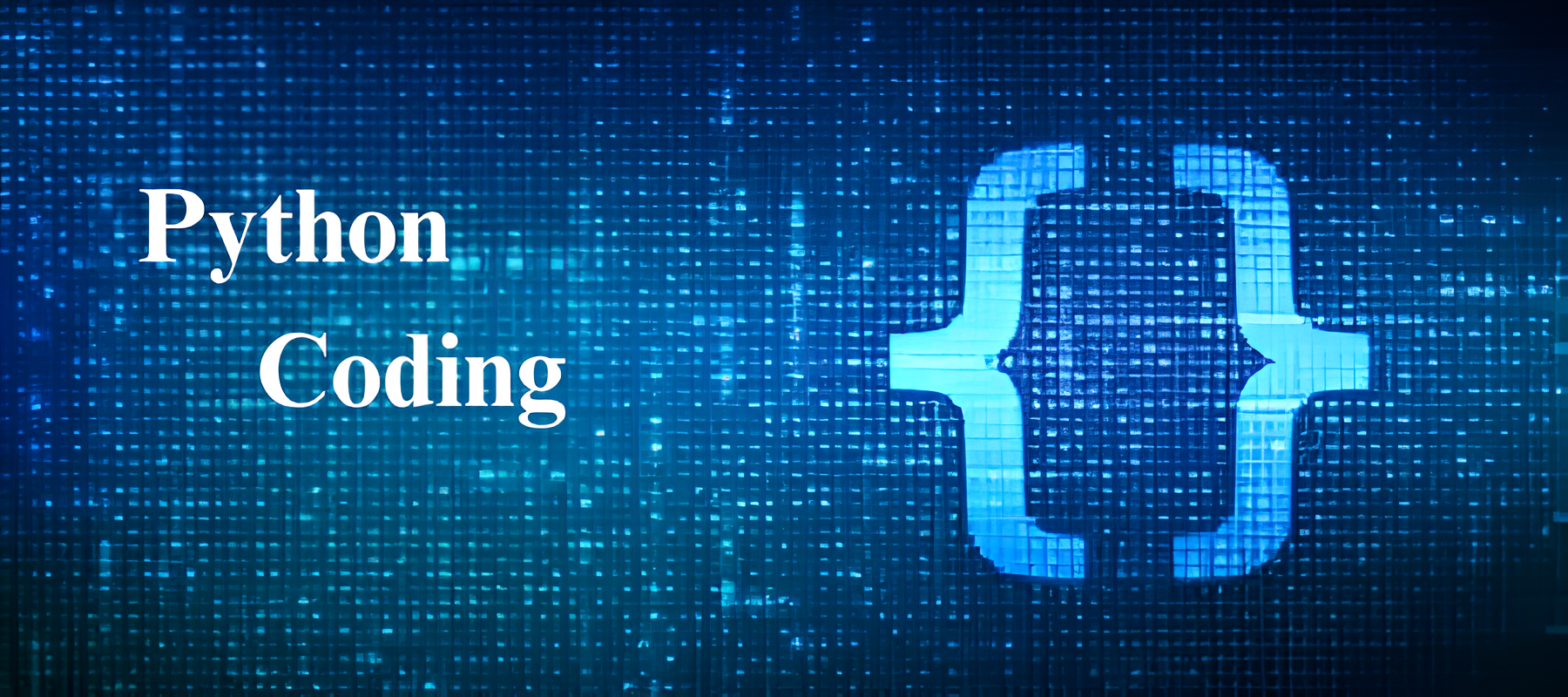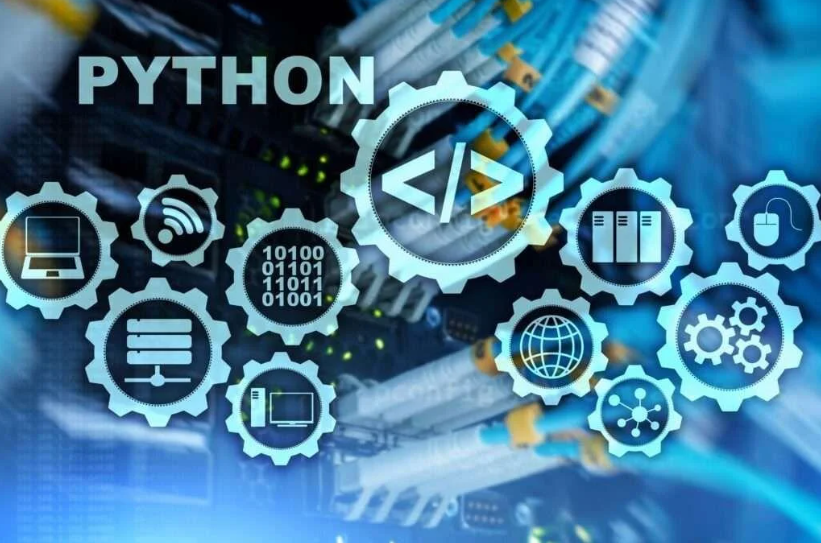
Exploring the Python Coding

Expert Python Coding Writing
The Power of Our Expert PhDs in Python Coding
1. Innovative Solutions
2. Advanced Techniques
3. Expert Knowledge
4. Custom Libraries
5. Scalable Code
6. Performance Optimization
7. Comprehensive Testing
8. Data Analysis Expertise
9. Machine Learning Integration
10. Ongoing Support
Key Characteristics of Python Coding
1. Readability
Python prioritizes readability with its clean and intuitive syntax, which uses indentation to define code structure. This approach enhances code clarity and maintainability, making it easier for developers to understand, review, and collaborate on projects.
2. Flexibility
Python accommodates various programming paradigms, such as procedural, object-oriented, and functional programming. This versatility allows developers to select the most appropriate method for their projects, adapting to diverse needs and preferences.
3. Extensive Libraries
Python offers a vast array of libraries and frameworks, such as NumPy, pandas, and TensorFlow. These resources provide pre-built functions and tools, accelerating development and simplifying complex tasks across diverse applications.
4. Ease of Learning
Python’s simple, intuitive syntax and clear structure make it highly accessible to beginners and experienced developers. Its readability and straightforward design facilitate a smooth learning curve and quick adaptation to programming concepts.
5. Dynamic Typing
Python employs dynamic typing, allowing variables to be assigned without explicit type declarations. This feature enhances flexibility and ease of use but requires careful management to prevent type-related errors and ensure code stability.
6. Cross-Platform Compatibility
Python is designed to run seamlessly across various operating systems, including Windows, macOS, and Linux. This cross-platform compatibility ensures that code can be developed and executed consistently regardless of the underlying system.
7. Interpreted Language
Python is an interpreted language, meaning code is executed line-by-line by the interpreter rather than being compiled into machine code. This approach facilitates debugging and interactive testing but may affect execution speed.
8. Community Support
Python boasts a large and active community of developers and enthusiasts. This extensive network provides a wealth of resources, including forums, tutorials, and documentation, ensuring robust support and continuous improvement of the language.
Frequently Asked Questions (FAQs)
Q: 1. What is Python used for?
A: Python is a versatile language used for web development, data analysis, machine learning, automation, scripting, and more. Its simplicity and extensive libraries make it ideal for a wide range of applications.
Q: 2. How easy is it to learn Python?
A: Python is known for its straightforward syntax and readability, making it one of the easiest programming languages to learn. Beginners often find it accessible due to its clear structure and extensive documentation.
Q: 3. What are Python’s key features?
A: Key features of Python include readability, flexibility, extensive libraries, dynamic typing, ease of learning, cross-platform compatibility, and its status as an interpreted language. These features make it suitable for diverse programming tasks.
Q: 4. What are some popular Python libraries?
A: Popular Python libraries include NumPy for numerical computations, pandas for data manipulation, Matplotlib for data visualization, and TensorFlow and scikit-learn for machine learning. These libraries simplify complex tasks and enhance productivity.
Q: 5. How does Python handle memory management?
A: Python uses automatic memory management through its built-in garbage collector. This process automatically reclaims memory by identifying and removing objects that are no longer in use, reducing the risk of memory leaks.
Q: 6. Is Python suitable for web development?
A: Yes, Python is widely used in web development. Frameworks such as Django and Flask provide robust tools for building scalable and secure web applications, making Python a popular choice among web developers.
Q: 7. Can Python be used for data analysis?
A: Absolutely. Python excels in data analysis with libraries like pandas, NumPy, and SciPy, which provide powerful tools for data manipulation, statistical analysis, and visualization, making it a preferred language for data scientists.
Q: 8. What are Python's limitations?
A: Python’s limitations include slower execution speed compared to compiled languages like C++ and Java, as well as less optimal performance for memory-intensive tasks. However, it remains popular due to its ease of use and flexibility.
Q: 9. How do I start coding in Python?
A: To start coding in Python, install the Python interpreter from the official website, choose an integrated development environment (IDE) like PyCharm or VS Code, and begin writing code. Numerous online tutorials and courses are available for beginners.
Q: 10. What is Python’s role in machine learning?
A: Python plays a significant role in machine learning, thanks to its rich ecosystem of libraries like TensorFlow, Keras, and scikit-learn. These tools simplify the implementation of machine learning algorithms and models, making Python a leading choice for AI projects.